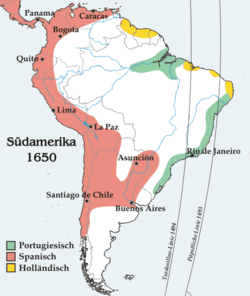 |
| The brothers on Bayard arrive in Dordogne. c.1470 |
"Duke Aymon of Dordone" was a literary character attached to stories of the court of Charlemagne. (Charlemagne's era was so revered that, like "King Arthur," in centuries afterward his court became the nucleus for legends and fictitious characters.) Aymon had four sons: Reynaud, Alard, Guiscard, and Richard.
When the Duke presents his sons to Emperor Charlemagne, Reynaud distinguishes himself in tournament and is given the magical horse Bayard, with the ability to leap across valleys and accommodate any number of riders on its back. Unfortunately, Reynaud kills one of Charlemagne's nephews over a chess game and the four brothers flee on Bayard.
The four brothers flee to the Ardennes where their cousin, the sorcerer Maugis, creates a castle for their protection and gives Reynaud a magical sword, Froberge. They do not stay there long, going to Gascony to aid its king against an eastern threat. Reynaud distinguishes himself with Froberge; the king of Gascony rewards him with the king's sister in marriage and a castle.
The legend is full of great adventures and feats of derring-do, but the overarching plot requires a reconciliation between the brothers (especially Reynaud) and Charlemagne. Eventually, Roland (another significant figure in Carolingian stories) prevails upon the Emperor to accept the brothers back into his favor. There are conditions. Reynaud must go on a pilgrimage to the Holy Land; this task is made more difficult for him, however, because the other condition is that Bayard must be returned to Charlemagne.
Reynaud makes the pilgrimage, but returns to find he is now a widower. He hands his sons over to the emperor to raise and goes to Cologne where he becomes a humble builder in church construction. When he is killed by co-workers who are envious of his ability and thrown into the river, his body magically exits the waters and rides in a cart back to his brothers.
Like many other medieval romances, The Four Sons of Aymon was repeated and changed numerous times in various countries and languages. In this case, versions (with various alterations in detail) exist in Dutch, German, Italian, and English. Its popularity endured: during World War II, a play based on the story was produced in Belgium and suppressed by the occupying German forces because of its theme of resisting authority. The play enjoyed a popular underground existence.















